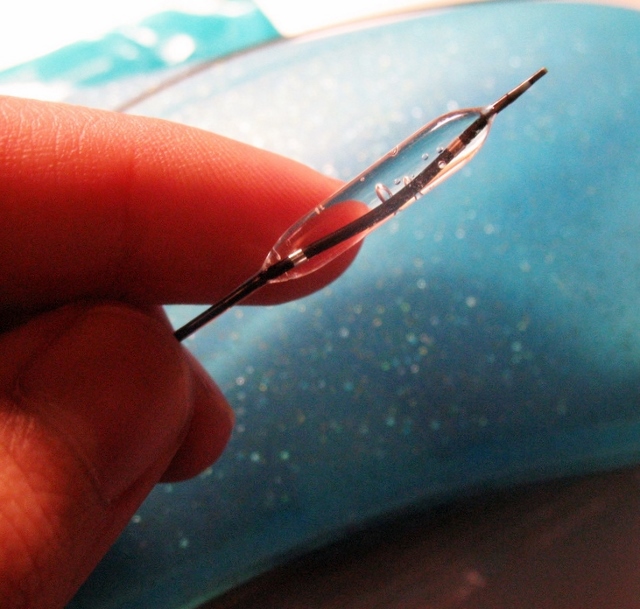Cardiac Catheterization – What Are the Risks?
Heart disease is a leading cause of death among both men and women in the United States. 
Doctors have subsequently developed many procedures to diagnose heart conditions. Diagnosing and treating heart conditions are extremely important because if left untreated people can suffer heart attacks that can be deadly. A common procedure used to diagnose these conditions is a cardiac catheterization. Once the catheterization has begun, there are other procedures that doctors can perform if the catheterization shows that it is necessary.
Cardiac catheterization is a pretty common procedure. The prevalence of heart disease in the United States means that recognizing heart problems is something that most, if not all, doctors are trained to do. Doctors first must recognize the necessity of performing the cardiac catheterization procedure. Patients who need heart muscle biopsies or need their blood flow/blood pressure measures or oxygen levels identified are common instances where this procedure may be used. Many patients need angioplasties where stents are inserted into arteries so that artery blockages can be mitigated.
Cardiac catheterization is usually performed as outpatient surgery in a hospital. The procedure typically takes about an hour but is usually accompanied by other procedures and protocols that end up taking about a day. This is because there are several steps to performing the procedure.
How is the Procedure Performed?
The patient is anesthetized in the area that doctors choose to perform the procedure. Common areas for doctors to do the catheterization is the arm, neck, or groin. Then a tube is inserted into a vein or artery and a catheter is threaded through the tube and towards the heart. A dye is injected and X-rays are taken. If there are additional procedures needed like angioplasty, doctors will usually do them right after.
Risk of Complications
As surgical procedures go, cardiac catheterization is fairly safe. Modern technology and training have made the procedure safer than in the past. The risk of complication is about 4 in 100 surgeries. The mortality rate for these procedures is 2 per 1,000. However, there are plenty of issues that can arise, and it is extremely important that doctors are equipped to handle these situations.
Complications may be fairly rare but they are still very serious. One of the more significant problems that can occur is that during the procedure blood clot debris or cholesterol deposits can become dislodged. This is called an embolism. If not treated quickly the patient could lose a limb or the condition could be fatal.
Allergic reactions to the dye, bleeding, infections, damage to the blood vessels, heart attack, low blood pressure, arrhythmia, kidney damage, and death are all possible complications.
Medical Negligence & Cardiac Catheterization
Medical negligence is another possibility that can increase the likelihood of some of these complications occurring. For instance, if a surgeon performs any part of the procedure improperly like administering medications improperly or using instruments that have not been sterilized, it can cause significant harm to the patient.
Medical malpractice attorneys will be able to address some of your questions and help you to determine whether you have been the victim of medical or cardiology negligence. If you or a loved one has experienced injuries or complications following a cardiac catheterization, contact a St. Louis medical malpractice lawyer at the Zevan and Davidson Law Firm to discuss your legal options.
To schedule a free consultation, contact us online or call us at (314) 588-7200.
photo credit: denn
Missouri Medical Malpractice Lawyer
If you have suffered as a result of medical malpractice, contact our legal team right away. Waiting to seek legal representation can prevent you from filing a claim and receiving the compensation you deserve.
Contact Zevan Murphy today.
